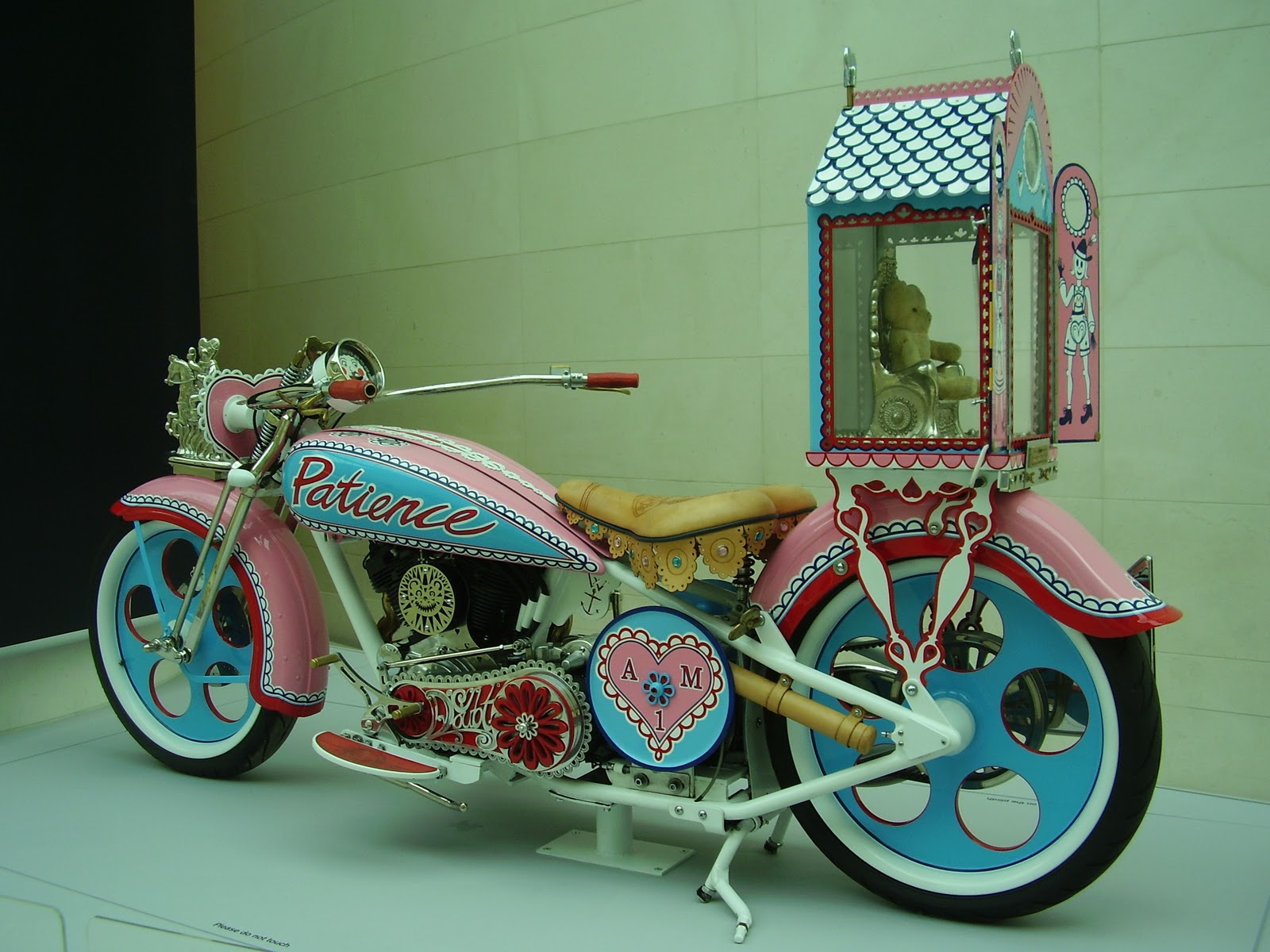13/10/11
Grayson Perry: The Tomb of the Unknown Craftsman
The British Museum
6 October 2011 – 19 February 2012

“Do not look too hard for meaning here. I am not a historian, I am an artist. That is all you need to know.” This is the warning placed in the very first wall text by artist, curator, and guide, Grayson Perry, as one enters The Tomb of the Unknown Craftsman, the fruit of a two and a half year long project at the British Museum. Yet, as Director Neil Macgregor points out, such a grand scale assemblage of art and artefacts almost begs us to do just that. The exhibition contains some 200 objects selected by Perry from the museum’s collection, along with around 35 pieces of his own work, a mixture of both old and new, of which nine are his trademark ceramic pots. The title of the show is, in part, a reminder of the many unrecognised artists’ and craftsmen’s work included alongside Perry’s, but, as he says, it could also be another name for the British Museum itself.
Whilst it is increasingly common practice for contemporary artists to be invited in to make their “response” to a historical collection, this is not what Perry has done here. Instead, he chose to first produce his own work, and then to find objects in the collection which respond to this. Arrogant and self-aggrandising? Perry argues not, since, after all, everything in the British Museum was, itself, contemporary once. Thus we find pairings of similar objects which bridge both time and space, starting, for example, with a ceremonial headdress from Asante, Ghana, made of shell, gold, deerskin, silver, and hair, displayed next to the imaginative Early English Motorcycle Helmet, actually made in 1981 by Perry himself, and Bodyguard’s Helmet (2010), the white, pink and green crash helmet worn by Perry, in his role as driver and bodyguard, when he took his teddy bear, Alan Measles, on a trip across Germany in his “pope mobile” shrine, AM1.
“[The exhibition] is basically a short tour through my head. I’m here with all my flaws, all my eccentricities, all my perversions. I’m a bit mad! My job is to play in public, but this is not an easy thing to do. There’s an amphitheatre in my head populated by cynical journalists and avaricious collectors.” Nevertheless, Perry manages well to provide an exploration of his own invented civilisation, structured around various key themes which include shrines, souvenirs of pilgrimage, scary figures, magick, maps, sexuality and gender, craftsmanship, and, of course, star of the show, Alan Measles.
“When I was a toddler Alan was the name of my best human friend and I also had measles.” Such were the humble origins of the bear who went on to become a military hero, surrogate father figure, embodiment of Perry’s suppressed male rebelliousness, and, later, his personal god and guru. “The idea of Alan as a god, like so many of my ideas, began as a joke when I was in Japan. [But] soft toys, particularly those that become a child’s special favourite, their “transitional object”, have much in common with traditional gods.” Thus, alongside a section which contains representations of bears throughout history, ranging from a wooden figure of the Egyptian god Bes to a German medal from 1916, we also find Shrine to Alan Measles (2007), made of glazed ceramic, and inspired by the Buddhist and Shinto roadside shrines Perry saw everywhere in Japan. “Shrines to me embody the essence of what I do. I put significant artefacts in a special place for us to contemplate upon [sic].” Likewise, the concept of pilgrimage plays a key role in this collection, not least because, as Perry points out, “the British Museum is the central site of pilgrimage in Britain – the number one tourist attraction,” but also because “I come on a journey every time I visit the British Museum […] I can have an encounter with the entire world.”
For Perry, creativity is all about cultural exchange. But, in his eyes, it is like a game of Chinese whispers, where, as traditions and ideas get passed on, mistakes are made. Craftsmanship is often mistaken for precision, but this is not what it’s about. You do not necessarily need state of the art tools to produce a masterpiece. Perry’s personal favourite from his own work in the exhibition is a case in point: made on the kitchen table of his squat, back in 1983, La Tour de Claire (Claire being his female alter-ego) is a fairy-tale turret built of small pieces of flint, wood, and other found objects, all crowned with a weather vane in the shape of Alan Measles. My own personal favourite, however, of the items not created by Perry, is a doll found in grave in Peru (AD 900-1430), which really does look like an ancestor of Alan himself (and not that much more worn, either!).
Disappointed not to get a glimpse of the great guru, I ask Perry where Alan Measles is today, and whether or not he will be coming along to his exhibition at any point. The answer, it would seem, is no (hence the competition, run in the lead up to the opening, to find three replacement stunt bears to sit in Alan Measles’ shrine on AM1). “[He’s] at home in bed. He’s so precious to me that I don’t even trust the British Museum with him. He’s beyond security!” Ah well. The pilgrim to this great shrine will simply have to satisfy himself with the vast array of false icons in their myriad of forms. I don’t think any twinge of disappointment will last for long.
A catalogue to accompany the exhibition, Grayson Perry: The Tomb of the Unknown Craftsman (British Museum Press, 2011), is also available, containing further wise words by Perry.
See also Alan Measles’ blog: http://alanmeasles.posterous.com/
Originally published at: http://www.rovesandroams.com/2011/10/grayson-perry-the-tomb-of-the-unknown-craftsman-at-the-british-museum/